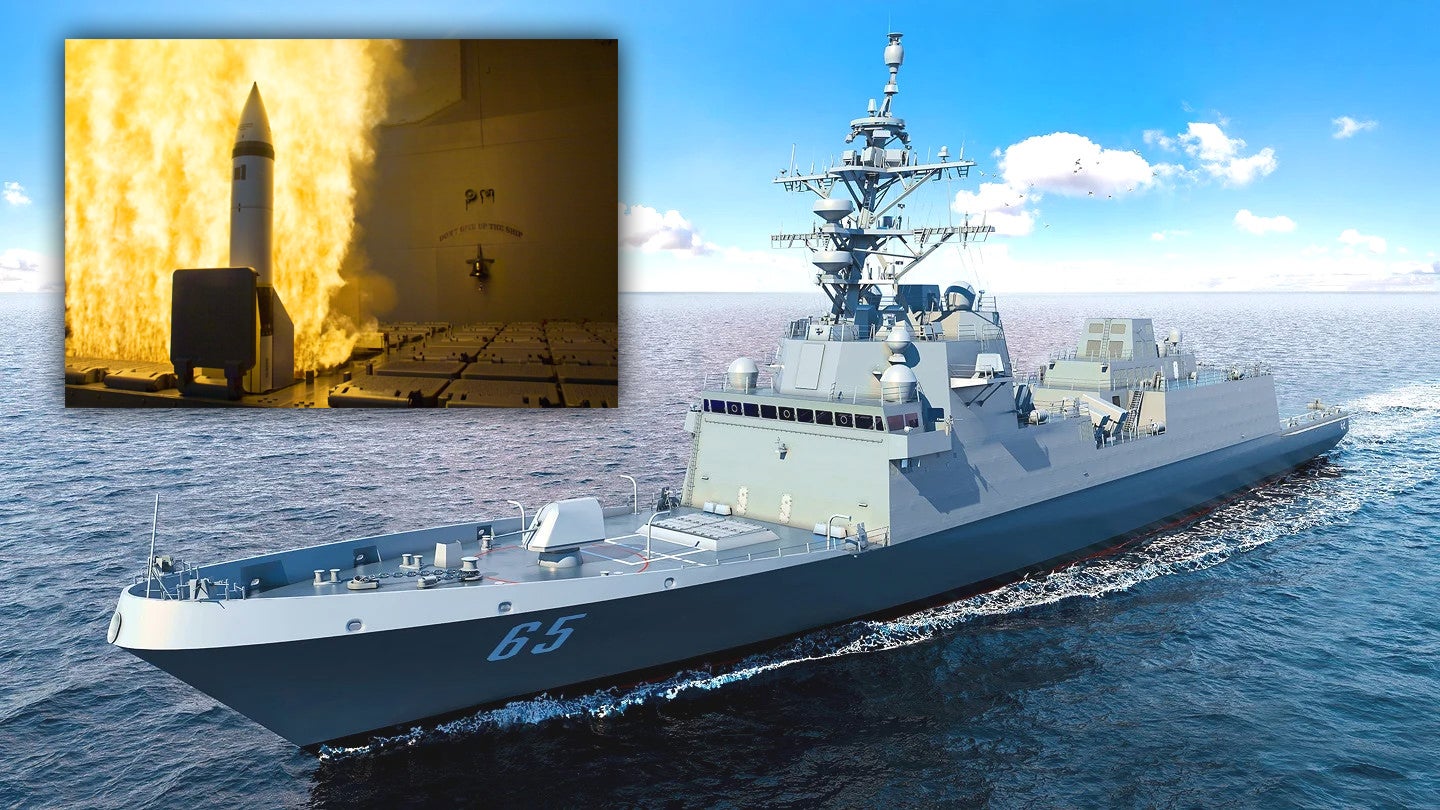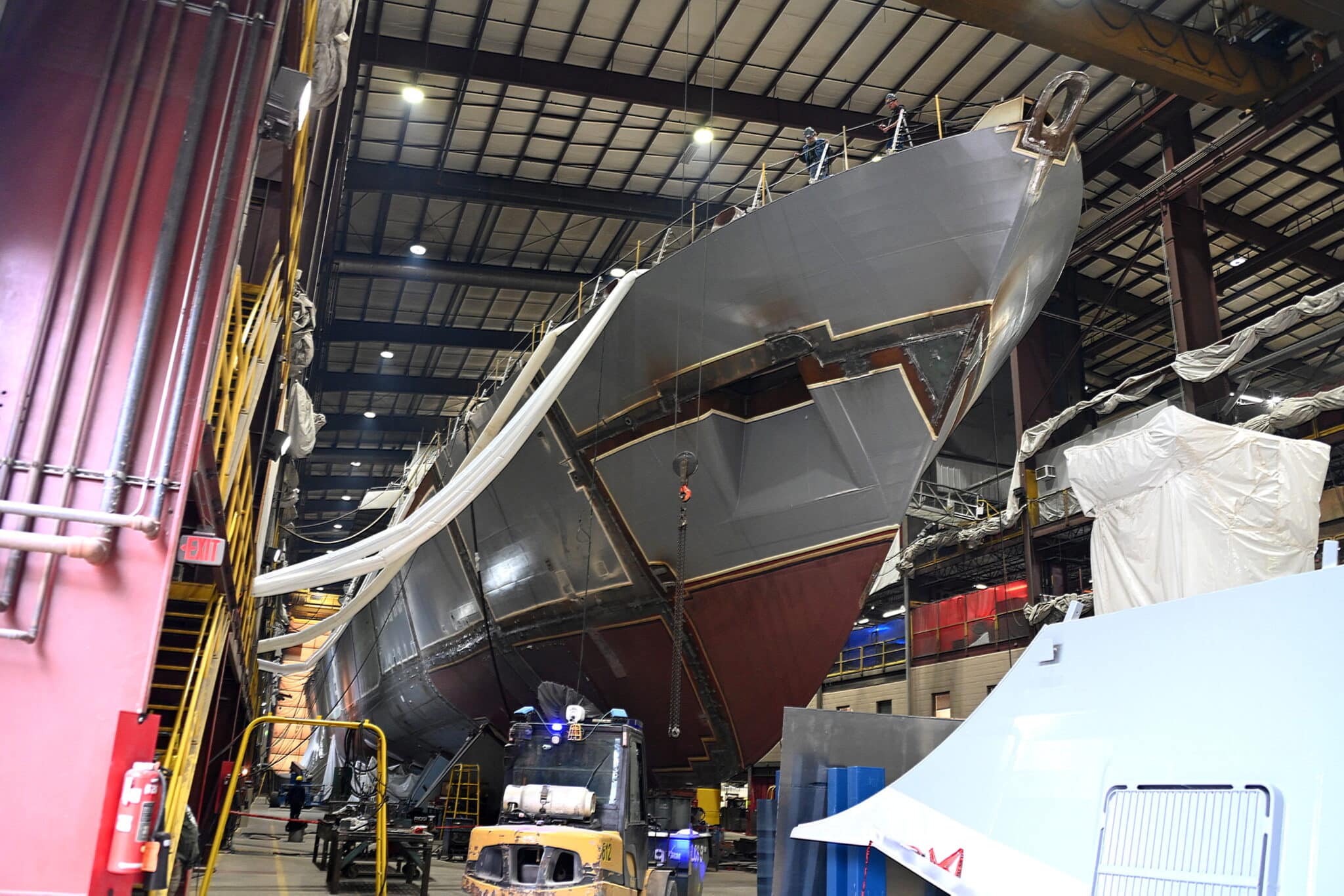Issue is that doesnt work for none specialized ships.
The Navy tried it it four different times, twice on the Spruances.
End result?
A 4 year old ship that looks and runs like a 40 year old one. Part of the the Spraunces were retired so soon even after the refits was because the duel crew deals ran them out.
The two crews just didn't care for their vessels, didn't have pride or feel of ownership. So they did not take care of them with all that implied. Then the training and proficiently suffered, being way way lower then the standards so that you had a barely train crew who just failed in exercises.
It just did not work.
That is a severe failure at the command leadership level, not of the concept itself.
The time the Navy did it on some FFGs in the early 00s, they had 3 crews from other ships that they rotated on. The crew basically parked and decommed their last boat and met the experiment boat in Dubai. They didn't have two crews who each owned that ship, who had worked side by side fixing things before they went out to sea.
Now, I'm not going to deny that come the last week or so of a patrol, some things get turned into "an other crew problem" and the on-crew stops caring as long as it's not a safety item. Those issues usually get sent to the other crew and shipyard as a work item message.
Its not like subs where you can have two crews to allow a boomer to sit out for 18 months at a time, those things get fucking babied and spend bout as long in drydock after each rotation. The Navy do not fuck those maintenance schedules and just keep them doing their thing.
The surface fleet hasn't had that luxury for SEVERAL Decades now. They are aways be pulled for some fresh hell with maintenance being push back and the like.
It a case of it works well there but works like hell over there due to operational differences.
Nope, it is ONE MONTH in refit between patrols for the boomers. Drydock every third patrol or so, unless something goes horribly sideways like shaft going bad, or some assholes on the other coast deferring maintenance until it took those boats some 2-3 weeks extra in port for several years to get everything caught up and them able to just go out on schedule. (I really hope that went to an Admiral's Mast, those bastards...)
Had patrols on every other boat go out early, stay out late, because boat-from-other-coast was broken.
Again. Was within sight of the Hood Canal Bridge when we got a message and had to turn around for another week at sea because boat-from-other-coast was broken.
Again. Captain informed everyone that there would be no drills, no bullshit, and even Nonquals were allowed a movie (Captain was
pissed).
And yes, I remember reading with glee that they sent Naval Reactors Himself out to 7th Fleet after their collisions.
Sad to see that Big Navy has continued to ignore the recommendations.

